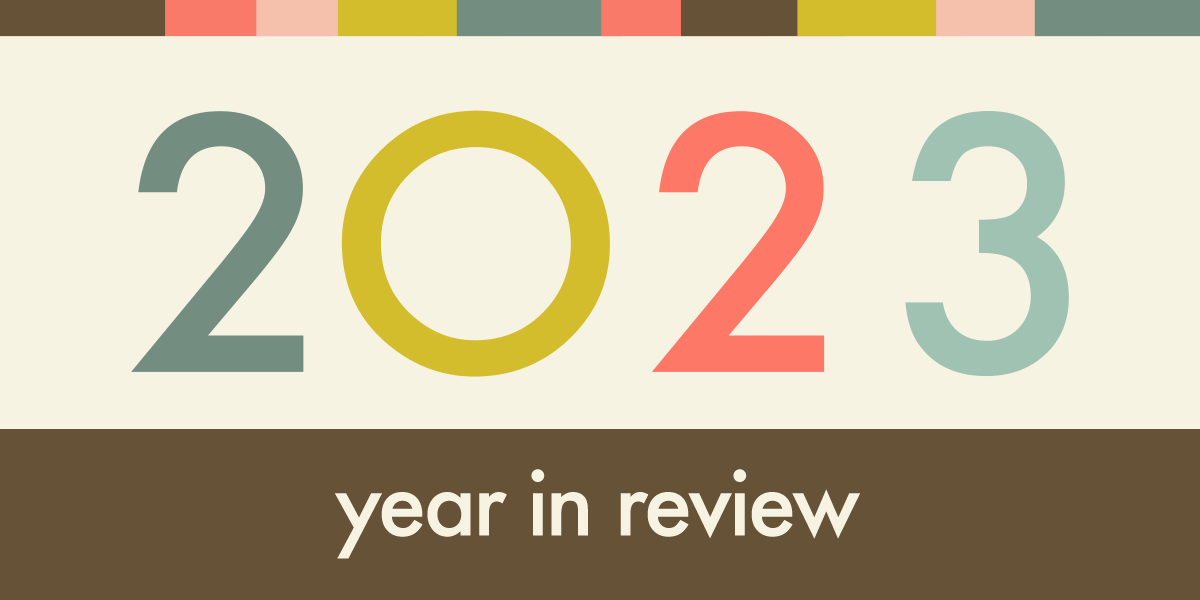“The EFF are relentless.”
That’s what a New York Police Department lieutenant wrote on LinkedIn after someone sent him a link to the Atlas of Surveillance, EFF’s moonshot effort to document which U.S. law enforcement agencies are using which technologies, including drones, automated license plate readers and face recognition. Of course, the lieutenant then went on to attack us with unsubstantiated accusations of misinformation — but we take it all as a compliment.
If you haven’t checked out the Atlas of Surveillance recently, or ever before, you absolutely should. It includes a searchable database and an interactive map, and anyone can download the data for their own projects. As this collaboration with the University of Nevada Reno’s Reynolds School of Journalism (RSJ) finishes its fifth year, we are proud to announce that we’ve hit a major milestone: more than 12,000 data points that document the use of police surveillance nationwide, all collected using open-source investigative techniques, data journalism, and public records requests.
We’ve come a long way since the Atlas of Surveillance launched as a pilot project with RSJ back in the spring semester of 2019. By that summer, with the help of a few dozen journalism students, we had accumulated 250 data points, focused on the 23 counties along the U.S.-Mexico border. When we launched the formal website in 2020, we had collected a little more than 5,500 data points. Today’s dataset represents more than a 100% increase since then.
That isn’t the only major milestone we accomplished this year. To collect data for the project, EFF and RSJ designed a tool called Report Back, which allows us to distribute micro-research assignments (about 10-20 minutes each) to students in our classes. This winter, the 3,000th assignment was completed using Report Back.
This year we also dug into one particular technology. As part of our Atlas efforts, we began to see Fusus—a company working to bring real-time surveillance to local police departments via camera registries and real-time crime centers—appear more frequently as a tool used by law enforcement. In collaboration with the Thomson Reuters Foundation, we decided to do a deeper dive into the adoption of Fusus, and the Atlas has served as a resource for other reporters working to investigate this company in their own towns and across the country.
We’re proud to have built the Atlas because it’s meant to be a tool for the public, and we’re excited to see more and more people are discovering it. This year, we clocked about 250,000 pageviews, more than double what we’ve seen in previous years. This tells us not only that more people care about police surveillance than ever before, but that we’re better able to inform them about what’s happening locally in their communities. The top 20 jurisdictions with the most traffic for include:
- Phoenix, Ariz.
- Chicago, Ill.
- Los Angeles, Calif.
- Atlanta, Ga.
- New York City, N.Y.
- Austin, Texas
- Houston, Texas
- San Antonio, Texas
- Seattle, Wash.
- Columbus, Ohio
- Las Vegas, Nev.
- Dallas, Texas
- Philadelphia, Penn.
- Denver, Colo.
- Tampa, Fla.
- West Bloomfield, Mich.
- Portland, Ore.
- San Diego, Calif.
- Nashville, Tenn.
- Pittsburgh, Penn.
One of the primary goals of the Atlas of Surveillance project is to reach journalists, academics, activists, and policymakers, so they can use our data to better inform their research. In this sense, 2023 was a huge success. Here are some of our favorite projects that used Atlas of Surveillance data this year:
- Social justice advocates were trained on how to use the Atlas of Surveillance in a workshop titled “Data Brokers & Modern Surveillance: Dangers for Marginalized People” at an annual Friends (Quakers) conference.
- A team of master’s students at the University of Amsterdam built a website called “Beyond the Lens” that analyzes the police surveillance industry using primary data from the Atlas of Surveillance.
- The Markup combined Atlas data with census data, crime data, and emails obtained through the California Public Records Act to investigate the Los Angeles Police Department’s relationship with Ring, Amazon’s home video surveillance subsidiary.
The Atlas has also been cited in government proceedings and court briefs:
The Atlas made appearances in many academic and legal scholarship publications in 2023, including:
- Surveillance Technologies and Constitutional Law, Annual Review of Criminology
- Community Perceptions, Concerns for Privacy, and Support for Law Enforcement Use of Aerial Surveillance in Baltimore, Crime & Delinquency
- Surveillance as the Past and Future of Public Administration, Perspectives on Public Management and Governance
- Why We Need to Know More: Exploring the State of AI Incident Documentation Practices, Proceedings of the 2023 AAAI/ACM Conference on AI, Ethics, and Society
- Innocent Until Predicted Guilty: How Premature Predictive Policing Can Lead to a Self-Fulfilling Prophecy of Juvenile Delinquency, Florida Law Review
- Sci-Fact: Elements of Futuristic Films and TV Shows About the Law Are Here, Raising Legal Questions about Tech and Freedom, ABA Journal
- Modalities of monitoring: Evidence from cameras and recorders in policing, Government Information Quarterly
- People-Centered Smart Cities: An exploratory action research on the Cities’ Coalition for Digital Rights, Journal of Urban Affairs
Meanwhile, print, radio, and television journalists continue to turn to the Atlas as a resource, either to build stories about police surveillance or provide context. This year, these have included:
Activists, advocates, and concerned citizens around the nation have also used the Atlas of Surveillance to support their actions against expansion of surveillance:
These victories wouldn’t be possible without the students at RSJ, especially our 2023 interns Haley Ekberg, Kieran Dazzo, Dez Peltzer, and Colin Brandes. We also owe thanks to lecturers Paro Pain, Ran Duan, Jim Scripps, and Patrick File for sharing their classrooms with us.
In 2024, EFF will expand the Atlas to capture more technologies used by law enforcement agencies. We are also planning new features, functions and fixes that allow users to better browse and analyze the data. And of course, you should keep an eye out in the new year for new workshops, talks, and other opportunities to learn more and get involved with the project.
This blog is part of our Year in Review series. Read other articles about the fight for digital rights in 2023.



